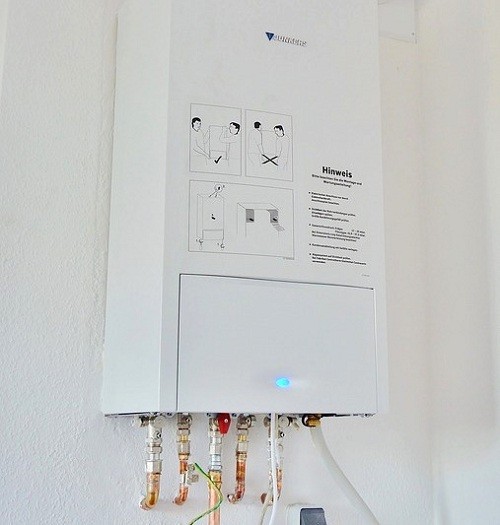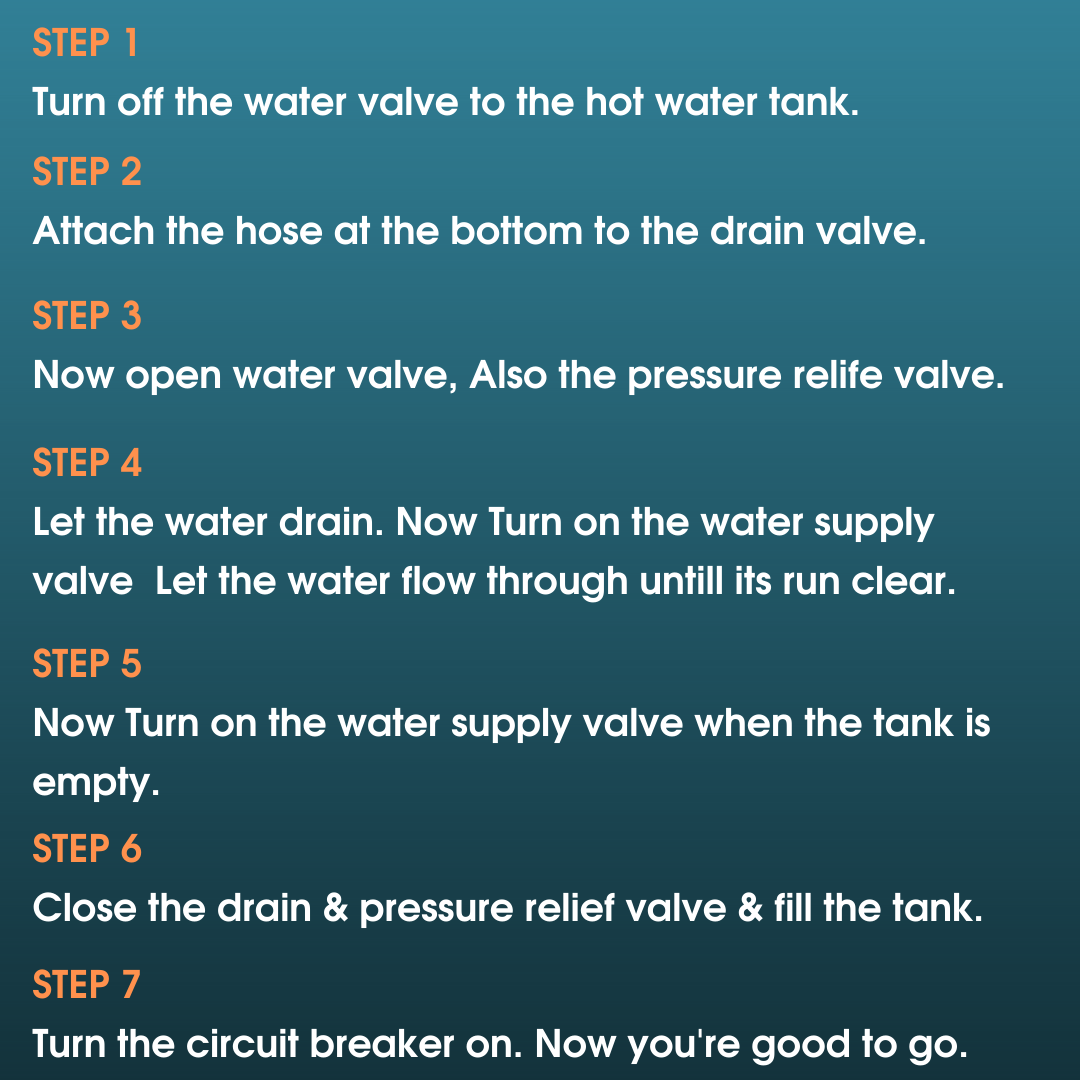
If you want your water heater to work for a longer period, you need to know how to drain the water heater.
It is also recommended by the manufacturers to flush out the water heater on a regular interval of time so that the machinery remains working with better functionality for a longer period. As the time goes by the sediment start building up which can drastically reduce the efficiency of the heating element and take a long period to get water heated.
How to Drain Hot Water Heater in Basement

Here we are with a complete guide to showcase how to drain water heater in simple steps. Check them out!
1. First of all, you need to turn the water heater off. You should never precede working on any electric appliance with its power on. Now you have to wait until the water inside the water heater gets cool down completely.
It is advisable to let the water become cold before moving ahead for draining it out. Depending on the size of your water heater, it might take several hours for the water to cool.
2. Now it’s time to turn off the cold water intake valve which is located at the top of the heater. This is the place from where the water gets inside the water heater to get heated.
Once the cold water valve is turned off, flush out the excess of hot water from the tap and pipes for complete drainage. Now open the pressure relief valve to let all the pressure get released of the tank.

3. Once you have turned every valve off and released the pressure, take a long garden hose which would help in draining the water heater into the drain outdoors present at almost every home.
In case your basement has an operable drain where the water heater is placed you can directly drain the water heater into the basement drain. Presence of operable drain in a basement makes the work even easier. It is better to test the length of the hose before proceeding for further work.
4. Depending upon the preference you can drain the water heater into your garden. You can make use of a mesh screen in the garden to trap the water heater sediment. Make sure that the water has been cooled down completely before performing this step. Cool water drains out more easily.
5. Examine your water heater for its functionality. Here there could be two possibilities as
- • Your water heater sits above ground level- In this case, you can take the hose outside and with gravity the water will be forced to move downward.
• Your water heater sits below ground level- In this case, you ought to have a small pump which is needed to be connected to the garden hose and then to another hose to drain the water out completely.
